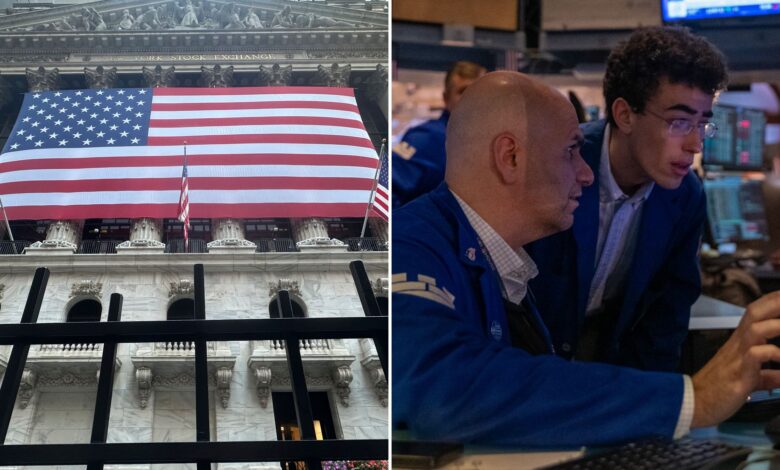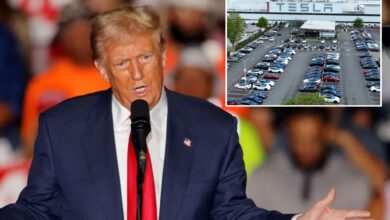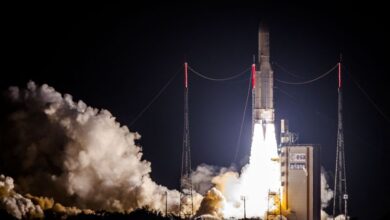Consumer Price Index eases, but core inflation rises unexpectedly

A gauge of underlying inflation rose unexpectedly last month, clouding hopes for an outsize rate cut from the Federal Reserve when it meets next week.
The Consumer Price Index rose 2.5% in August from a year earlier and 0.2% from the previous month — in line with economists’ expectations, according to the US Bureau of Labor Statistics.
But Core CPI, which excludes volatile food and energy prices, rose 3.2% from a year earlier and 0.3% on a monthly basis. The monthly number, driven by stubbornly high housing costs, was slightly above expectations for a 0.2% rise.
While the latest numbers pave the way for the Fed to go ahead with plans to cut interest rates next week, the unexpectedly high core inflation figure dents hopes for the 50-basis point cut — equal to half a percentage point — that some traders were hoping for versus the more typical 25-basis-point reduction.
Investors have been hoping for rate cuts, especially after a weak payrolls report and fears of a market crash spurred a mass stock sell-off last month.
Inflation peaked at 9.1% in June 2022 — a four-decade high — as the economy rebounded from the pandemic recession with unexpected speed and strength.
The Fed responded with 11 rate hikes in 2022 and 2023, raising its key rate to a 23-year high and making loans much more expensive across the economy.
The latest inflation figures could inject themselves into the presidential race in its final weeks. Former President Donald Trump has heaped blame on Vice President Kamala Harris for the jump in inflation, which erupted in early 2021 as global supply chains seized up, causing severe shortages of parts and labor.
Harris has proposed subsidies for home buyers and builders in an effort to ease housing costs and backs a federal ban on price-gouging for groceries. Trump has said he would boost energy production to try to reduce overall inflation.
Fed officials have signaled that they’re increasingly confident that inflation is steadily falling back to their 2% target and are now shifting their focus to supporting the job market, which is rapidly cooling.
“Overall, I see significant and ongoing progress toward the (Fed’s) inflation goal that I expect will continue over the remainder of this year,” Christopher Waller, a key policymaker on the Fed’s Board of Governors, said last week.
Waller noted that for more than half the goods and services that the government tracks, annual inflation has fallen below 2.5%, a sign that price increases are broadly slowing.
A big reason why inflation likely fell last month is that gas prices tumbled by about 10 cents a gallon in August, according to the Energy Inflation Administration, to a national average of about $3.29.
A key factor in the cooling of inflation in recent months is the fact that grocery prices and rents inched up more slowly.
Though food prices are roughly 20% more expensive than before the pandemic, they are up just 1.1% from a year ago.
Another potential driver of slower inflation is that the cost of new apartment leases has started to cool as a stream of newly built apartments have been completed.
In a high-profile speech last month, Fed Chair Jerome Powell noted that inflation was coming under control and suggested that the job market was unlikely to be a source of inflationary pressure.
“We do not seek or welcome further cooling in labor market conditions,” Powell said.
With Post Wires




